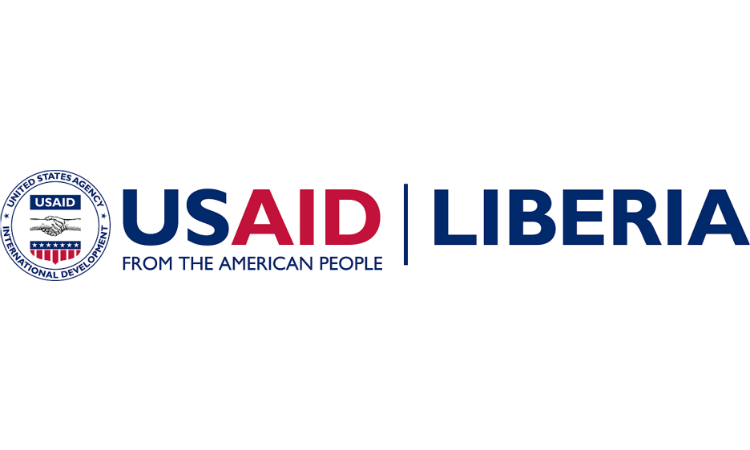Feed the Future Liberia brief
Date: March 28, 2015

Historical Background
• Liberia has undergone a long period of bloody civil war that shattered its economy.
• Its principal sector of activity, agriculture, has been damaged and is plagued by low crop yields.
• High world food market prices, and damaged government institutions play a significant role in the serious food security and nutritional problems that affect the Liberian population
Real-time Results
• The LEAP Team used GPS enabled smart phones to confirm the location of a team to provide real-time analysis of the area being surveyed.
• Developed cloud-based dashboards for tracking, collecting and organizing data to provide near-real-time assessments of research materials.
• Rapid access to users at all levels allowed for comparison of information across counties in near-real-time.
Survey Design
• The survey was designed to provide a representative, population-based sample of six counties in Liberia.
• The sampling frame was based on the enumeration areas (EAs) identified by the Liberian government during the 2008 census.
• Consisted of approximately twenty households per EA.
• Total sample size was 2,400 households.
About the Liberia Feed the Future Population Based Survey
USAID contracted the Optimal Solutions Group’s Learning, Evaluation and Analysis Project (LEAP) team to plan, design and implement the Liberia Feed the Future(FtF) Population Based Survey, as well as develop the capacity of a local research organization – the University of Liberia Pacific Institute of Research and Evaluation (UL-PIRE) Africa Center. This task comprised surveying 2,400 households across six counties in Liberia, representing the zone of influence of the FtF. Data were collected by the LEAP team on the following indices:
• household’s consumption (defined as an aggregate of all household expenditures)
• poverty (defined as per-capita consumption of less than US$1.25 per day)
• hunger (based on yes-or-no questions about lack of food in household)
• women’s empowerment in agriculture index (WEAI, measures how much input women have in productive activities and decision making).
The task order began in June 2012 and after planning and training, survey implementation took place between November 2012 and January 2013. The next task order involves the dissemination of the survey findings.
